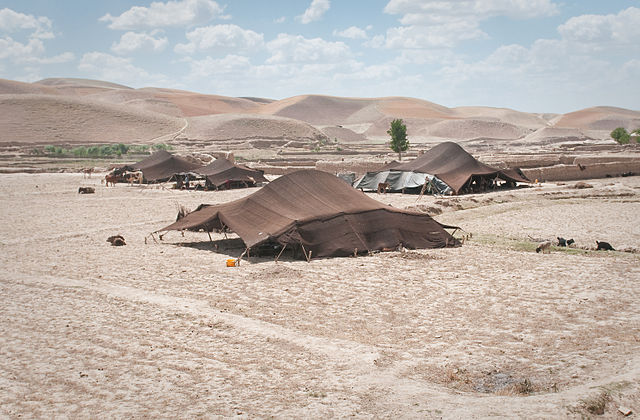
| GHILJI
Ghilji chieftains in Kabul (c. 1880)
Regions with significant populations : Afghanistan The Ghilji also spelled Khilji, Khalji, or Ghilzai or Ghilzay, are one of the largest tribes of Pashtuns. Their traditional homeland stretches from Ghazni and Qalati Ghilji in Afghanistan eastwards into parts of Khyber Pakhtunkhwa and Balochistan in Pakistan. They are also settled in other parts of Afghanistan. The modern nomadic Kochi people mostly belong to the Ghilji tribe.
The Ghilji mostly speak the central dialect of Pashto with transitional features between the southern and northern varieties.
Etymology
:
According to a popular folk etymology, the name Ghelji or Ghelzay is derived from Gharzay (ghar means "mountain" while -zay means "descendant of"), a Pashto name meaning "born of mountain" or "hill people."
Descent and origin :
An 1848 lithograph showing Ghilji nomads in Afghanistan Ghiljis likely descended from the Khalaj people. According to historian C.E. Bosworth, it seems very likely that they Khalaj people of the Gazna formed the core of the Ghilji tribe, who are usually referred to as Turks. The Khalaj were sometimes mentioned alongside Pashtun tribes in the armies of several local dynasties, including the Ghaznavids (977–1186). Many of the Khalaj of the Ghazni and Qalati Ghilji region very likely assimilated into the local, mostly Pashtun, population and they likely form the core of the Ghilji tribe.
They intermarried with the local Pashtuns and adopted their manners, culture, customs, and practices. Minorsky noted: "In fact, there is absolutely nothing astonishing in a tribe of nomad habits changing its language. This happened with the Mongols settled among Turks and probably with some Turks living among Kurds."
Mythical
genealogy :
Modern scholars reject these accounts as apocryphal but assert that they point to a broader contribution of Ghoris to the ethnogenesis of Pashtuns.
History
:
Medieval Muslim scholars, including 9th-10th century geographers Ibn Khordadbeh and Istakhri, narrated that the Khalaj were one of the earliest tribes to have crossed the Amu Darya from Central Asia and settled in parts of present-day Afghanistan, especially in the Ghazni, Qalati Ghilji (also known as Qalati Khalji), and Zabulistan regions. Mid-10th-century book Hudud al-'Alam described the Khalaj as sheep-grazing nomads in Ghazni and the surrounding districts, who had a habit of wandering through seasonal pastures.
11th-century book Tarikh Yamini, written by al-Utbi, stated that when the Ghaznavid Emir Sabuktigin defeated the Hindu Shahi ruler Jaypal in 988, the Pashtuns (Afghans) and Khalaj between Laghman and Peshawar, the territory he conquered, surrendered and agreed to serve him. Al-Utbi further stated that Pashtun and Khalaj tribesmen were recruited in significant numbers by the Ghaznavid Sultan Mahmud of Ghazni (999–1030) to take part in his military conquests, including his expedition to Tokharistan. The Khalaj later revolted against Mahmud's son Sultan Mas'ud I of Ghazni (1030–1040), who sent a punitive expedition to obtain their submission. During the time of the Mongol invasion of Khwarezmia, many Khalaj and Turkmens gathered in Peshawar and joined the army of Saif al-Din Ighraq, who was likely a Khalaj himself. This army defeated the petty king of Ghazni, Radhi al-Mulk.
The last Khwarazmian ruler, Jalal ad-Din Mingburnu, was forced by the Mongols to flee towards the Hindu Kush. Ighraq's army, as well as many other Khalaj and other tribesmen, joined the Khwarazmian force of Jalal ad-Din and inflicted a crushing defeat on the Mongols at the 1221 Battle of Parwan. However, after the victory, the Khalaj, Turkmens, and Ghoris in the army quarreled with the Khwarazmians over the booty, and finally left, soon after which Jalal ad-Din was defeated by Genghis Khan at the Battle of the Indus and forced to flee to India. Ighraq returned to Peshawar, but later Mongol detachments defeated the 20,000–30,000 strong Khalaj, Turkmen, and Ghori tribesmen who had abandoned Jalal ad-Din. Some of these tribesmen escaped to Multan and were recruited into the army of the Delhi Sultanate. 13th-century Tarikh-i Jahangushay, written by historian Ata-Malik Juvayni, narrated that a levy comprising the "Khalaj of Ghazni" and the "Afghan" (Pashtuns) were mobilized by the Mongols to take part in a punitive expedition sent to Merv in present-day Turkmenistan.
Transformation
of the Khalaj :
The Khalaj are a tribe of Turks who from the Khallukh limits migrated to Zabulistan. Among the districts of Ghazni there is a steppe where they reside. Then, on account of the heat of the air, their complexion has changed and tended towards blackness; the tongue too has undergone alterations and become a different language.
—
Najib Bakran, Jahan Nama
Timurid raids :
Babur hunting on the plains of Katawaz One year after the 1506 Battle of Qalati Ghilji, the Timurid ruler Babur marched out of Kabul with the intention to crush Ghilji Pashtuns. On the way, the Timurid army overran Mohmand Pashtuns in Sardeh Band, and then attacked and killed Ghilji Pashtuns in the mountains of Khwaja Ismail, setting up "a pillar of Afghan heads," as Babur wrote in his Baburnama.
Many sheep were also captured during the attack. After a hunt on the plains of Katawaz the next day, where deer and wild asses were plentiful, Babur marched off to Kabul.
Hotak dynasty :
Shah Hussain Hotak (1725 – 1738), the last ruler of the Hotak dynasty In April 1709, Mirwais Hotak, who was a member of the Hotak tribe of Ghiljis, led a successful revolution against the Safavids and founded the Hotak dynasty based in Kandahar, declaring southern Afghanistan independent of Safavid rule. His son Mahmud Hotak conquered Iran in 1722, and the Iranian city of Isfahan remained the dynasty's capital for six years.
The dynasty ended in 1738 when its last ruler, Hussain Hotak, was defeated by Nader Shah Afshar at the Battle of Kandahar.
Azad Khan Afghan :
Azad Khan Afghan, who played a prominent role in the power struggle in western Iran after the death of Nader Shah Afshar in 1747, belonged to the Andar tribe of Ghiljis. Through a series of alliance with local Kurdish and Turkish chieftains, and a policy of compromise with the Georgian ruler Erekle II—whose daughter he married—Azad rose to power between 1752 and 1757, controlling part of the Azerbaijan region up to Urmia city, northwestern and northern Persia, and parts of southwestern Turkmenistan and eastern Kurdistan.
Skirmishes with British forces :
During the First Anglo-Afghan War (1839–1842), Ghilji tribesmen played an important role in the Afghan victory against the British East India Company. On 6 January 1842, as the British Indian garrison retreated from Kabul, consisting of about 16,000 soldiers, supporting personnel, and women, a Ghilji force attacked them through the winter snows of the Hindu Kush and systematically killed them day by day. On 12 January, as the British regiment reached a hillock near Gandamak, their last survivors—about 45 British soldiers and 20 officers—were killed or held captive by the Ghilji force, leaving only one British survivor, surgeon William Brydon, to reach Jalalabad at the end of the retreat on 13 January.
This battle became a resonant event in Ghiljis' oral history and tradition, which narrates that Brydon was intentionally let to escape so that he could tell his people about the bravery of the tribesmen.
Barakzai
period :
Among those who were exiled was Sher Khan Nashir, chief of the Kharoti Ghilji tribe, who would become the governor of Qataghan-Badakhshan Province in the 1930s. Launching an industrialization and economic development campaign, he founded the Spinzar Cotton Company and helped making Kunduz one of the wealthiest Afghan cities. Sher Khan also implemented Qezel Qala harbour on the Panj River at the border with Tajikistan, which was later named Sher Khan Bandar in his honour.
Contemporary period :
Mohammad Najibullah, belonging to the Ghilji tribe, was a former Afghan president (1987 – 1992)
Ashraf Ghani, belonging to the Ghilji tribe, is the current Afghan president (2014 – present) More recently, the current Afghan president Ashraf Ghani Ahmadzai (2014–present) and the former Afghan president Mohammad Najibullah Ahmadzai (1987–1992) belong to the Ahmadzai branch of the Ghilji tribe.
Two other former Afghan presidents, Nur Muhammad Taraki (1978–1979) and Hafizullah Amin (1979), belonged to the Tarakai and Kharoti branches of the Ghilji tribe, respectively.
Areas of settlement :
Tents of Afghan nomads in Badghis Province who are known in Pashto as Kochyan In Afghanistan, the Ghilji are primarily concentrated in an area which is bordered in the southeast by the Durand Line, in the northwest by a line stretching from Kandahar via Ghazni to Kabul, and in the northeast by Jalalabad. They are also found in large numbers in northern Afghanistan. The Ghilji are settled in smaller numbers in parts of Khyber Pakhtunkhwa and Balochistan in Pakistan, west of the Indus River.
Before the 1947 Partition of India, the Ghilji historically used to seasonally winter as nomadic merchants in India, buying goods there, and would transport these by camel caravan in summer for sale or barter in Afghanistan.
Pashto
dialect :
Dialects
:
•
Akakhel
•
Nasar
Source :
https://en.wikipedia.org/ |
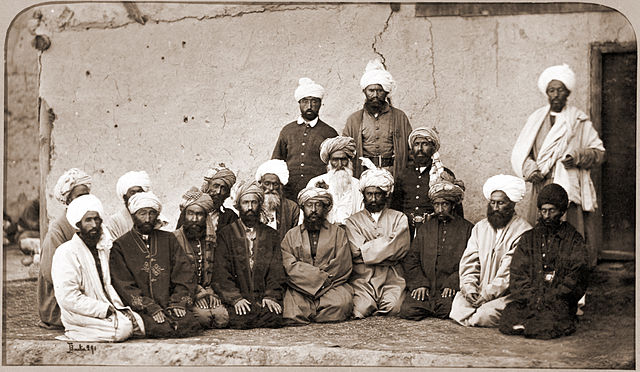
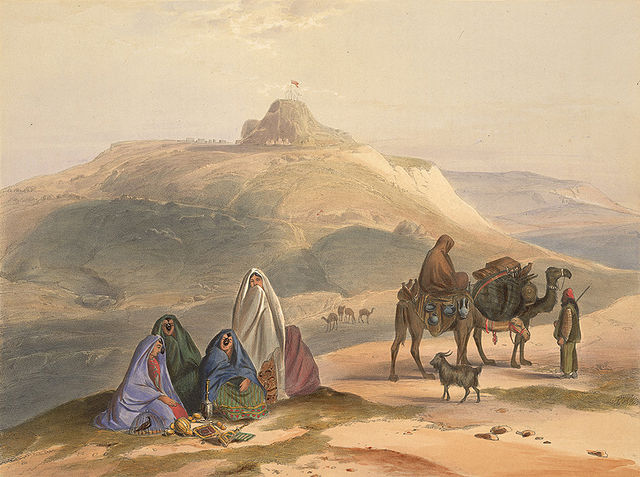
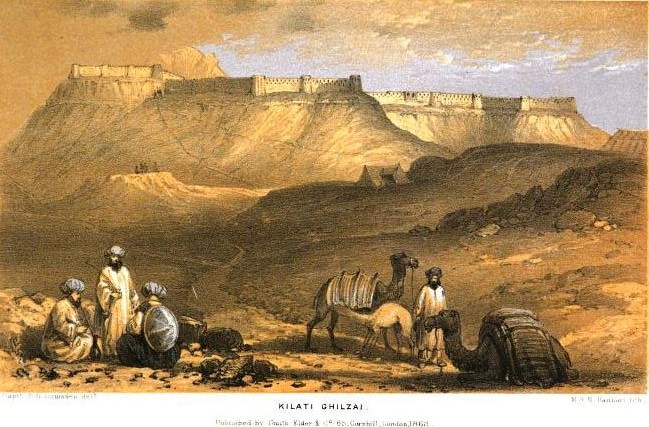
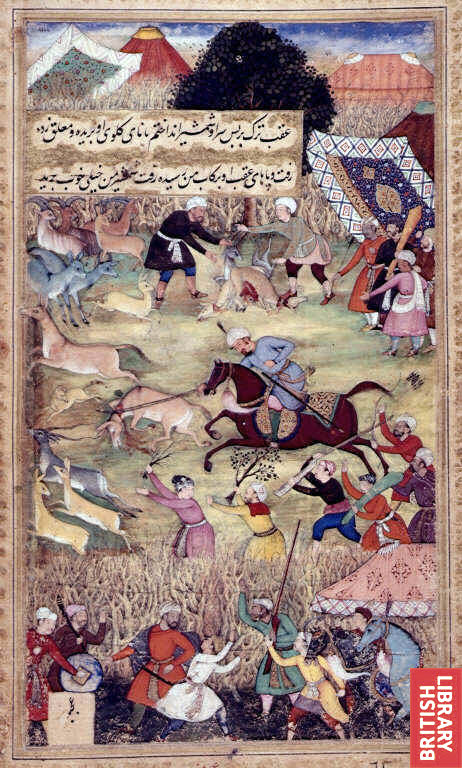
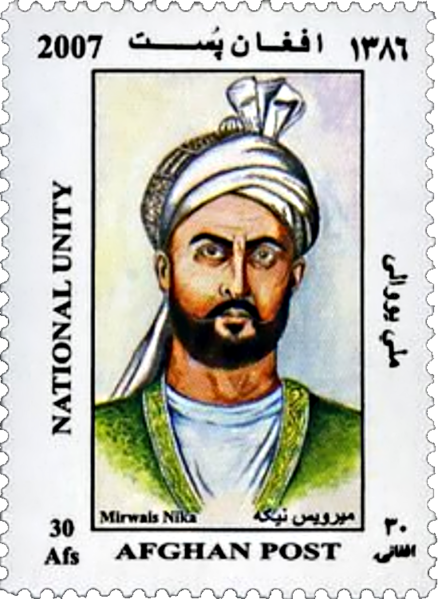
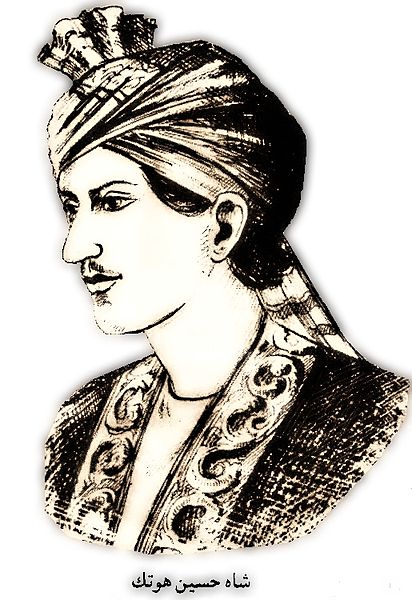
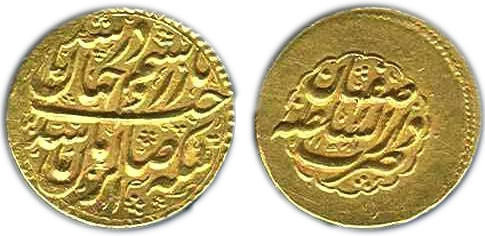
.jpg)
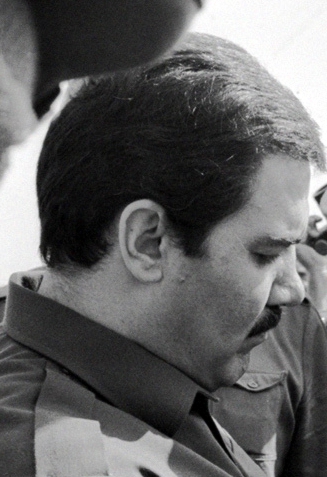
.jpg)
